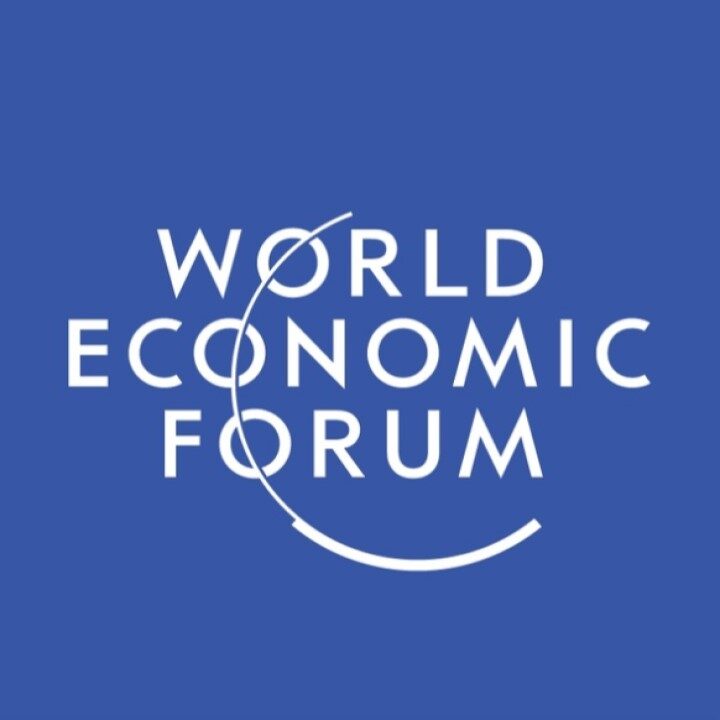2016, Ceschin & Gaziulusoy
Resource efficiency and climate change
2020, UNEP International Resource Panel
This report was developed by the IRP in response to a request by leaders of the Group of 7 nations in the context of efforts to promote resource efficiency as a core element of sustainable development. It conducts a rigorous assessment of the contribution of material efficiency to GHG abatement strategies. More concretely, it assesses the reduction potential of GHG emissions from material efficiency strategies applied in residential buildings and light duty vehicles, and reviews policies that address these strategies.
According to the Panel, GHG emissions from the material cycle of residential buildings in the G7 and China could be reduced by at least 80% in 2050 through more intensive use of homes, design with less materials, improved recycling of construction materials, and other strategies.
Significant reductions of GHG emissions could also be achieved in the production, use and disposal of cars. IRP modelling shows that GHG emissions from the material cycle of passenger cars in 2050 could be reduced by up to 70% in G7 countries and 60% in China and India through ride-sharing, car-sharing, and a shift towards trip-appropriate smaller cars, among others.
Increasing material efficiency is a key opportunity to achieve the aspirations of the Paris Agreement. Materials are vital to modern society, but their production is an important source of greenhouse gases. Emissions from material production are now comparable to those from agriculture, forestry, and land use change combined, yet they have received much less attention from the climate policy community. As shown by IRP estimates, it is time to look beyond energy efficiency to reduce global carbon footprint.






